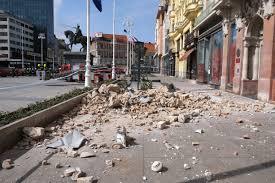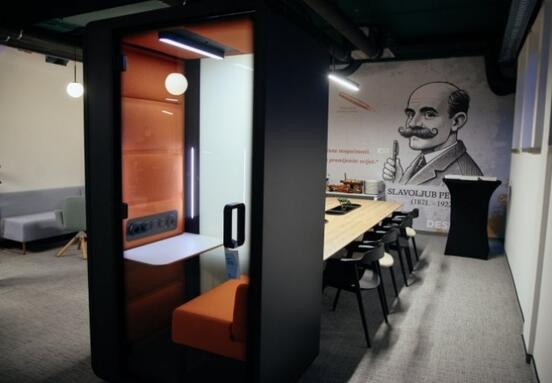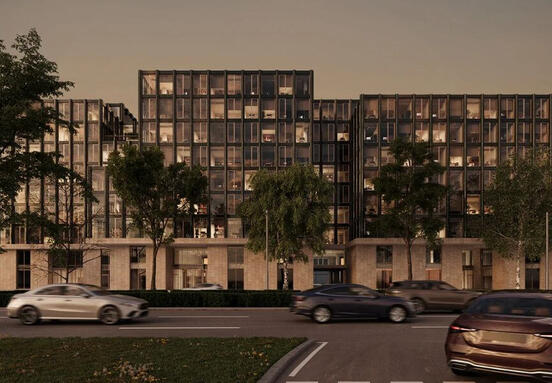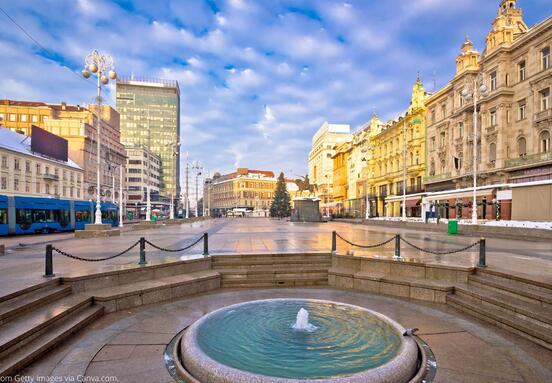In order to analyze the simultaneous impact of the earthquake and pandemic on the formation of real estate prices, the authors constructed a number of specific indicators of the real estate market for the city of Zagreb using data from the Tax Administration on the sale of real estate.
The price of real estate in the center of Zagreb fell, and sales also fell
The analysis showed that during May and June, the prices of real estate sold in the center of Zagreb and the Lower Town, where real estate damaged in the earthquake was most densely distributed, decreased by 10 percent compared to the same period last year. The number of real estate sold in Zagreb in the first half of 2020 is approximately 22 percent lower than in the same period last year, and so far, the authors emphasize, it does not seem dramatic if we take into account the usual trends in the number of transactions in previous years.
The downward trend in sales began even before the earthquake
Furthermore, the article points out that the reduced propensity to buy downtown real estate should not be largely attributed to the earthquake. The indicators illustrate how the number and share of transactions related to the earthquake-damaged zone begins to decline a few weeks before the earthquake. This decline in activity in the real estate market coincides with the beginning of the pandemic when the process of buying and selling real estate was significantly hampered by the introduction of epidemiological measures. Decreased activity in the area is in line with the increased attractiveness of living outside the city center and new trends in pandemic-driven lifestyle, such as keeping a physical distance or working from home.
According to Kunovac and Kotarac, the pandemic is closely related to the reduced demand for tourism in Zagreb. Consequently, there is less demand for real estate in the city center that would have a tourist purpose, while, at the same time, the supply of apartments for long-term rent or purchase in that part of the city is growing.
In May and June, prices are down 10 percent
All this affects real estate prices in the central part of the city, so there, as previously noted, during May and June real estate prices were lower by about 10 percent compared to the same period last year. However, it should be emphasized that the total number of transactions in this area is very small and therefore has no significant impact on aggregate price movements at the level of the whole of Zagreb, where, as of June, prices are further rising.
Desire to live outside the center
Finally, the analysis suggests that the change in buyers ’preferences for living outside the city center after an earthquake is not, as is sometimes claimed, largely determined by increased demand for newer real estate built after 1964 when the first earthquake-building regulations were enacted. Namely, the comparison showed that the price of these properties in the old part of the city affected by the earthquake fell in the analyzed time, while the price of properties built before 1964 in the rest of the city increased in that period. This finding is in line with the argument that the center as a location has recently become less attractive to property buyers and that this change in customer preferences is not predominantly determined by increased demand for newer real estate, but the desire to live outside the city center.
Source: hr.n1info







